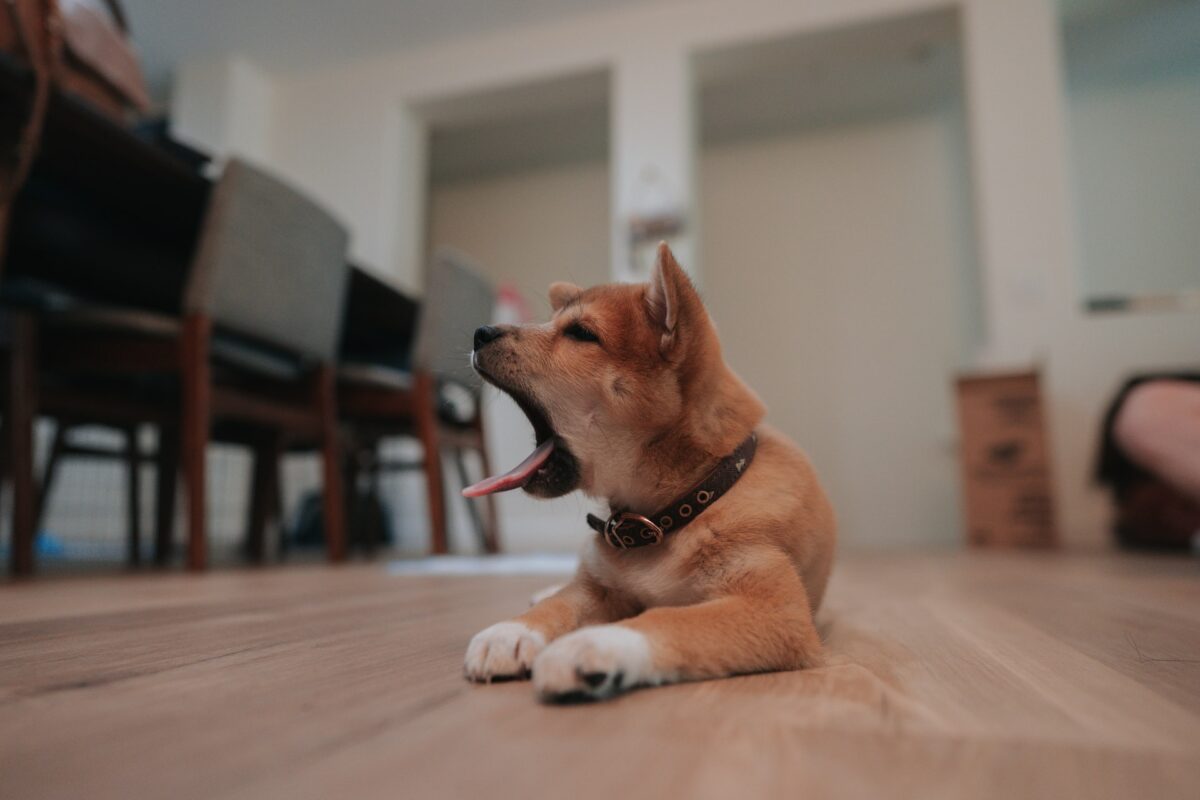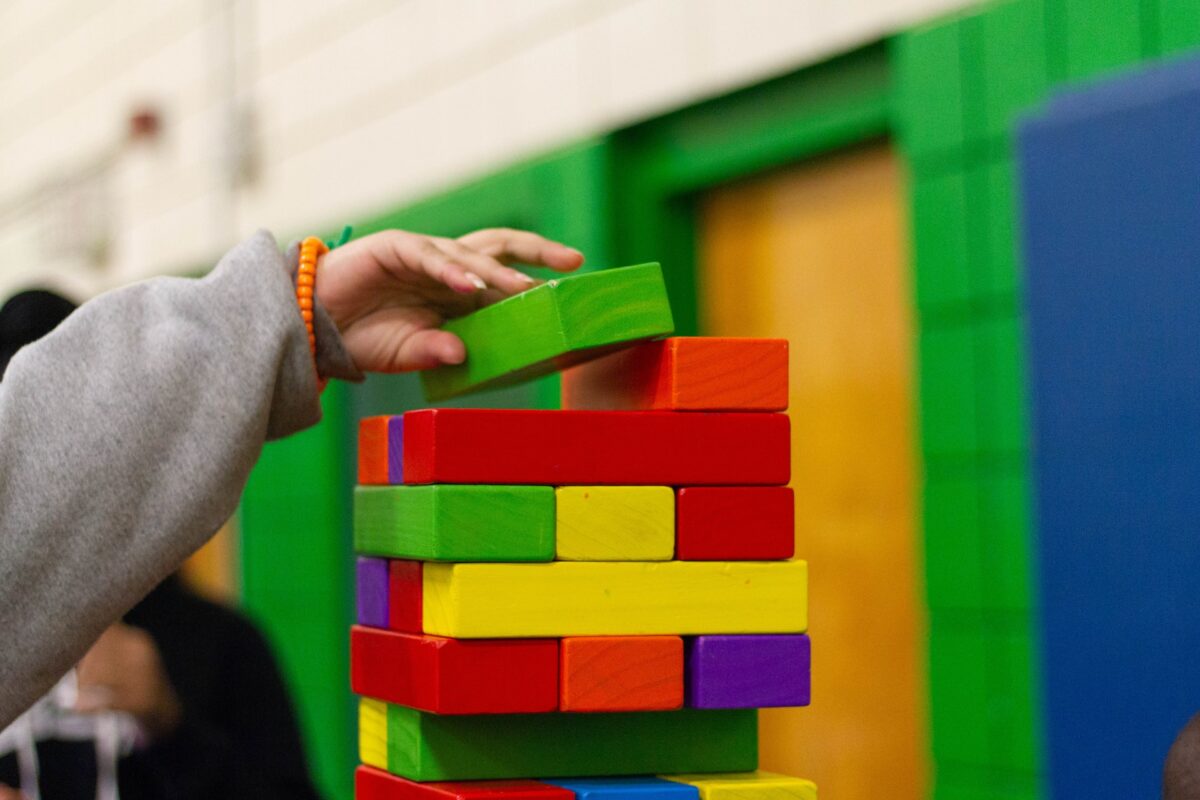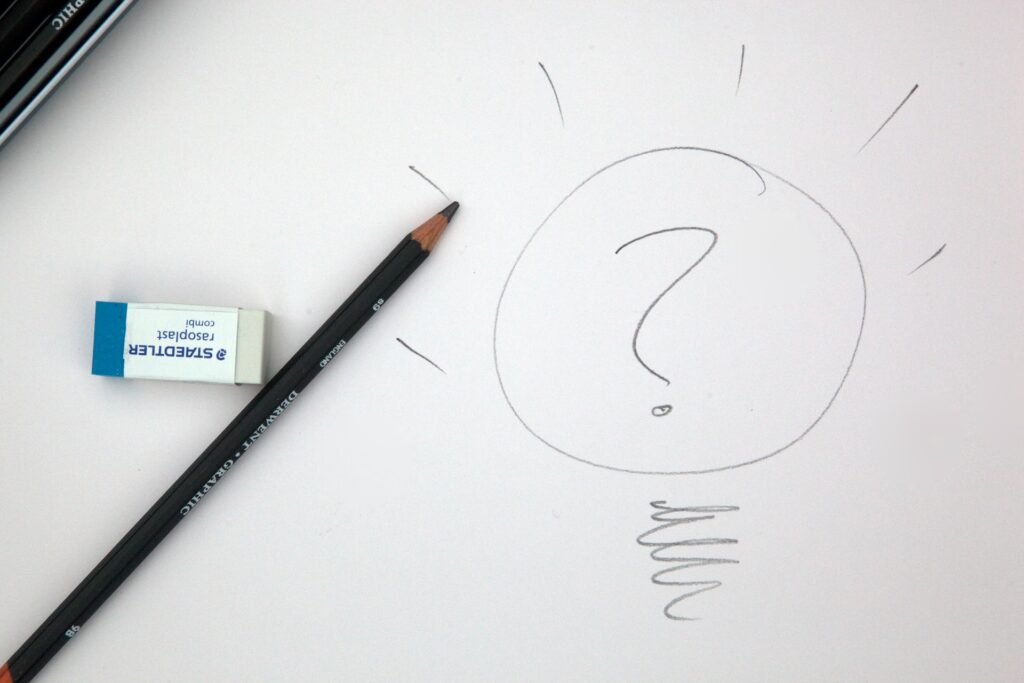Articles

Smart Cities: Urban Sustainability at the Forefront
29 de April de 2024

Do you remember the last time you were bored? As a kid, it was super common to get bored after playing for a while and not knowing what to do. Nowadays, it’s much harder. A study from Nottingham Trent University counted the mobile phone notifications of a group of 50 people. The analysis found that they got over half a million notifications in just one month! This translates to a constant overload of stimuli and an inability to disconnect. We’ve gotten used to not having any moments of relaxation in our daily lives and we force ourselves to keep our minds active most of the time.

Our daily agenda is dictated by the chaos and noise of the subway, our dependence on the clock, strict schedules, piles of emails waiting for us at work, virtual meetings and social obligations. What if we told you that we should actually include boredom in our routine? Productive boredom — because, in this context, being bored doesn’t mean ‘doing nothing‘. It can mean doing tedious tasks that help us prepare ourselves to be more productive and creative.
Let’s explore this concept a bit further…
Heather Lench, a groundbreaking author in the field of psychology, is a staunch advocate of this biological and innate mechanism in human beings and confirms it in her psychological study for Behavioral Sciences.
To a large extent, the world has advanced to its current state thanks to boredom. Human beings have found more creative outlets to fill the void that monotony produces. In these moments of boredom, restlessness and curiosity arise. Doing tedious exercises can trigger the spark of creativity when you least expect it.
In fact, not only will it bring creative benefits, but it will also help you be more productive. Relaxation while doing monotonous tasks or not having stimuli that generate excitement for long periods of time are forms of boredom that favor the activation of other parts of our brain, offering new perspectives that we wouldn’t otherwise consider.
In an experiment, psychologists Sandi Mann and Rebekah Cadman asked two groups to complete the same creative challenge: to list the various uses of a plastic cup. However, one of the groups had to complete a tedious task before moving on to the cup challenge. This group had to copy phone numbers from a phone book into a notebook and then read them.
When faced with the creative challenge of the cup, the group subjected to the monotonous task before using their creativity was much more successful in their results. The conclusion was that being bored served as a driving force for creativity.

Most of our life is spent working. Therefore, it’s normal to get bored after some time. But that’s not a bad thing. Creating routines and work methodologies will help you organize yourself and be more efficient during your workday. Incorporate mechanical tasks between creative tasks and they will allow your creativity to flow.
There are additional steps you can take to enhance your productivity and creativity, such as taking breaks when you start to feel overwhelmed and briefly distancing yourself from screens. Having fewer stimuli will bring better results.
Incorporate exercise as a release. It’s a task that won’t require the use of any electronic devices and where you’ll give your brain the freedom to wander. Look for mechanical tasks that activate your default mode and you’ll find more creative and productive outlets in your daily life. Make the most of productive boredom to be more creative.

EAE Barcelona transforms your perspective of HR through data, equipping you with the tools required to successfully take on your role as a People Analytics specialist in any organization.
Request info